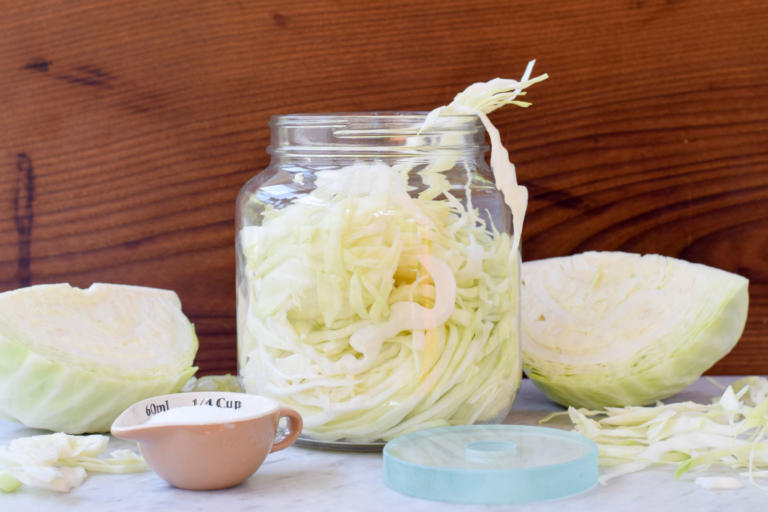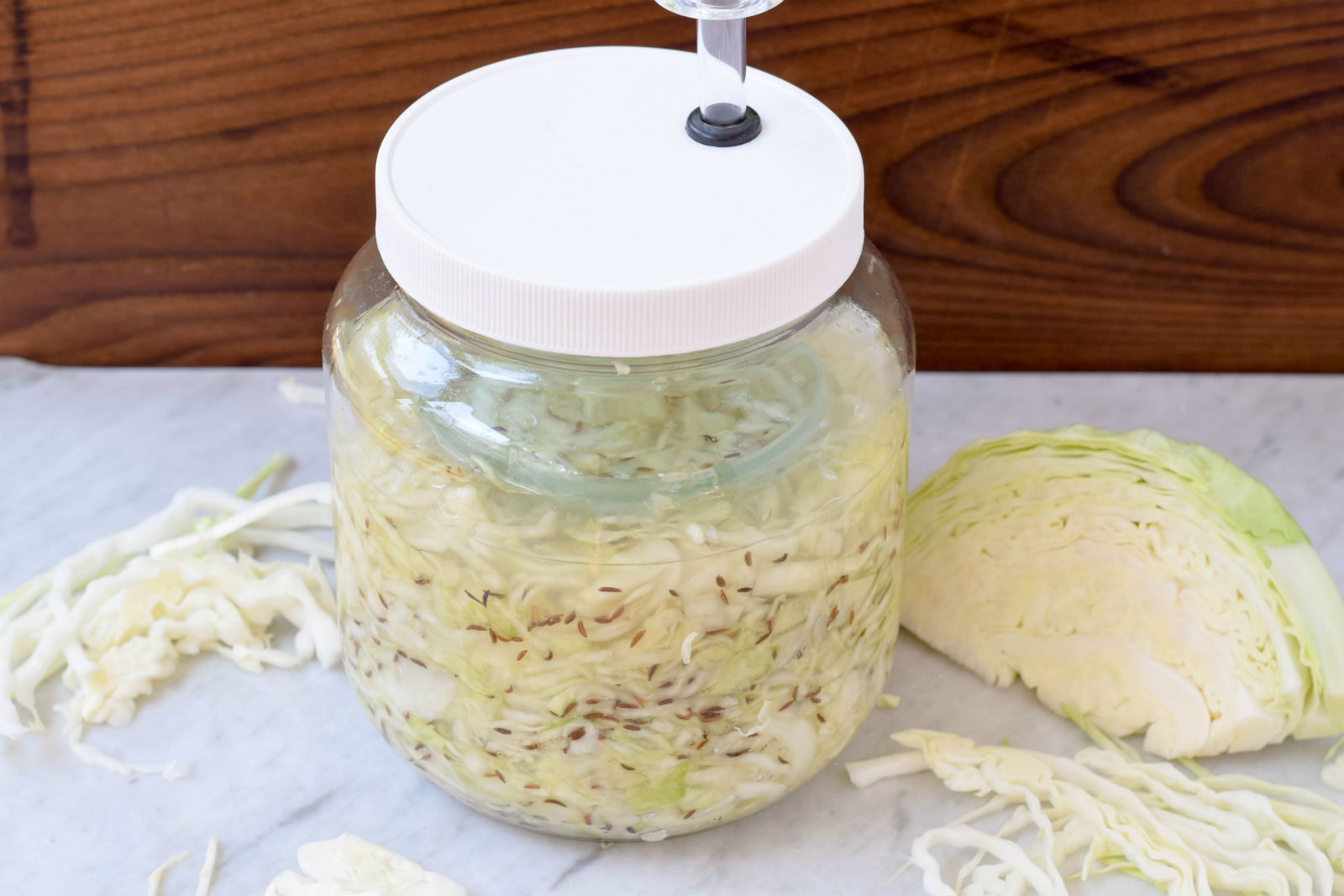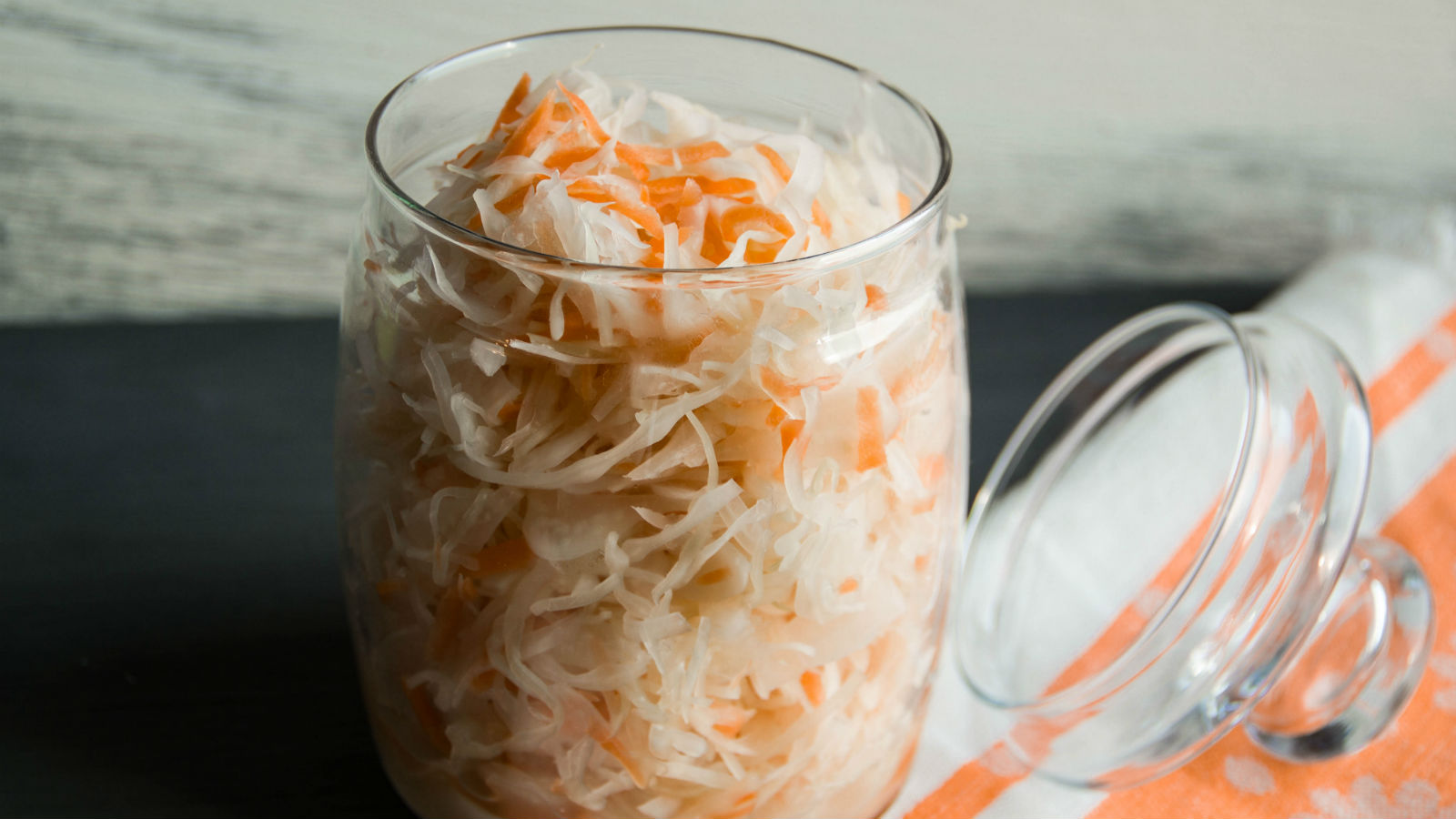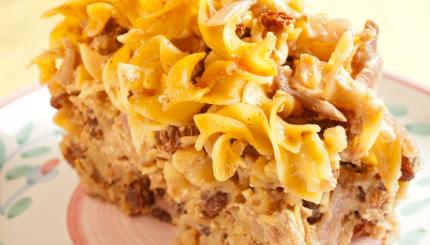For centuries, pickled vegetables were staples in the diet of Ashkenazi Jews. But these pickled vegetables — which included cucumbers, carrots, beets and cabbage — were not the kind of pickles we think of today, swimming in a brine of vinegar and spices. Vinegar, which was typically made from wine, would have been too expensive for most people to use as a preservative before the 19th century. Rather, these vegetables were fermented: submerged in a saltwater brine to attract good bacteria that, with time, turned the vegetable’s sugars into lactic acid, which both preserved them and made them delicious. Among the best-known of these traditional Jewish ferments is sauerkraut, or fermented cabbage.
Turks and Tartars traveling along the Silk Road from China introduced the process of lacto-fermentation — so named for the beneficial lactobacillus bacteria — to Russia as early as the Renaissance. From there the technique spread westward. Sauerkraut, or sour cabbage, was among the most popular ferments. From Russia, Jews brought sauerkraut with them to Germany, France and even England, until it became one of the most important dishes in all of northern Europe. Sauerkraut required so little to make — just cabbage and salt — kept for months, and provided an important source of vitamin C. For poor people living in harsh climates, few foods were as beneficial.
In pre-industrial times, Ashkenazi families began fermenting cabbage and other vegetables in large barrels around Sukkot. Once the fermentation process was complete, after two to four weeks, the finished sauerkraut was stored over the winter in a cool spot and appeared frequently at mealtime — on its own served with black bread or mixed in with noodles, potatoes or meat — as a welcome addition to an otherwise bland and monotonous diet.
Immigrants to America brought sauerkraut with them in the 19th century. Indeed, the special kosher dining room at Ellis Island regularly had sauerkraut on its menu. The ubiquitousness of fermented pickles in Jewish delis, where they served to cut through the fattiness of foods like pastrami and corned beef, cemented the association between Jews and pickled vegetables in the public’s eye. Sauerkraut became a staple of Jewish delis as an integral part of the Reuben sandwich — one of the most iconic dishes in the world of American Jewish cuisine.

Today, we are rediscovering the health benefits, and distinctive tangy flavor, of fermented foods and for the past few years, fermentation has been one of the most popular DIY trends. Although it may seem intimidating, fermenting is actually quite easy to do at home and the results are extraordinarily tasty. The flavor and texture of homemade sauerkraut, for example, is vastly superior to store-bought and, unlike commercial sterilized varieties, contains healthy probiotics which contribute to digestive health and boost the immune system.
Sauerkraut is an easy entrée in to the world of lacto-fermentation: Unlike most other vegetables, cabbage ferments in its own juice, so all you need to make sauerkraut is cabbage and salt. Furthermore, you will not need a lot of special equipment: a half-gallon Mason jar is perfect for fermenting your sauerkraut. I recommend investing in a few additional pieces, neither of which are expensive, to facilitate your fermentation experiments: some glass weights to keep the cabbage submerged in the brine and a lid with an airlock to contain any strong odor while still allowing carbon dioxide to escape. Here are some of my favorites:
Note: Once the sauerkraut is finished, store it in the refrigerator, dividing into smaller jars if desired. It will last for several months.
Ready to jump in? Here’s a straightforward recipe for a small-batch sauerkraut using only one head of cabbage.

Sauerkraut Recipe
Get those probiotics in!
- Total Time: 2-4 weeks
- Yield: 1 jar 1x
Ingredients
- 1 medium head of green cabbage (3–3 ½ pounds), as fresh as possible
- sea salt or pickling salt (avoid iodized)
Instructions
- Begin by sterilizing a half-gallon jar by filling it with boiling water and then pouring it out and allowing the jar to air-dry.
- Weigh cabbage and measure out correct amount of salt, using a ratio of one tablespoon of salt per pound of cabbage. For example, for 3½ pounds cabbage, use 3½ Tbsp salt.
- Remove any damaged outer leaves from the cabbage and quarter it. Cut away the core from all four quarters.
- Finely shred the leaves with a large knife or mandoline.
- Place one quarter of the shredded cabbage in a bowl big enough to hold all the cabbage. Firmly massage a quarter of the salt into the cabbage in a large bowl. Repeat this process until all of the cabbage and salt have been combined in the bowl.
- Set the bowl aside for 30 minutes to allow the salt to draw the water out of the cabbage.
- After 30 minutes, check the cabbage. There should be a salty brine collecting in the bottom of the bowl.
- Using your hands, squeeze the shredded cabbage, allowing the liquid to drain into the bowl, and pack the cabbage shreds into the half-gallon jar. Use a wooden spoon or other tool to tightly tamp it down and remove air bubbles.
- After all the cabbage has been packed into the jar, add the collected liquid from the bowl. The cabbage should be covered by the liquid. If it is not, you will need to add additional brine.
- Cover cabbage with a glass weight or small plate or ramekin. Cover the top of the jar with an airlock (or piece of cheesecloth secured with twine) to allow air to escape. Set aside out of direct sunlight in a room between 55-75°F.

- Check the jar daily to make sure the cabbage remains submerged in the brine. You will begin see small bubbles collect on the surface of the brine. If there is any scum (white, yellow or bluish growth), carefully scoop it off without stirring it into the liquid, and discard. The brine will take on a darker color over time, and the odor may be pungent.
When it is no longer bubbling and the cabbage tastes pleasantly sour, not salty, the fermentation is complete. This process can take anywhere from 1-4 weeks, depending on the temperature of the environment.
- Prep Time: 20 minutes
- Cook Time: 0 minutes
- Category: Side dish
- Method: Pickling
- Cuisine: Ashkenazi






Leave a Comment